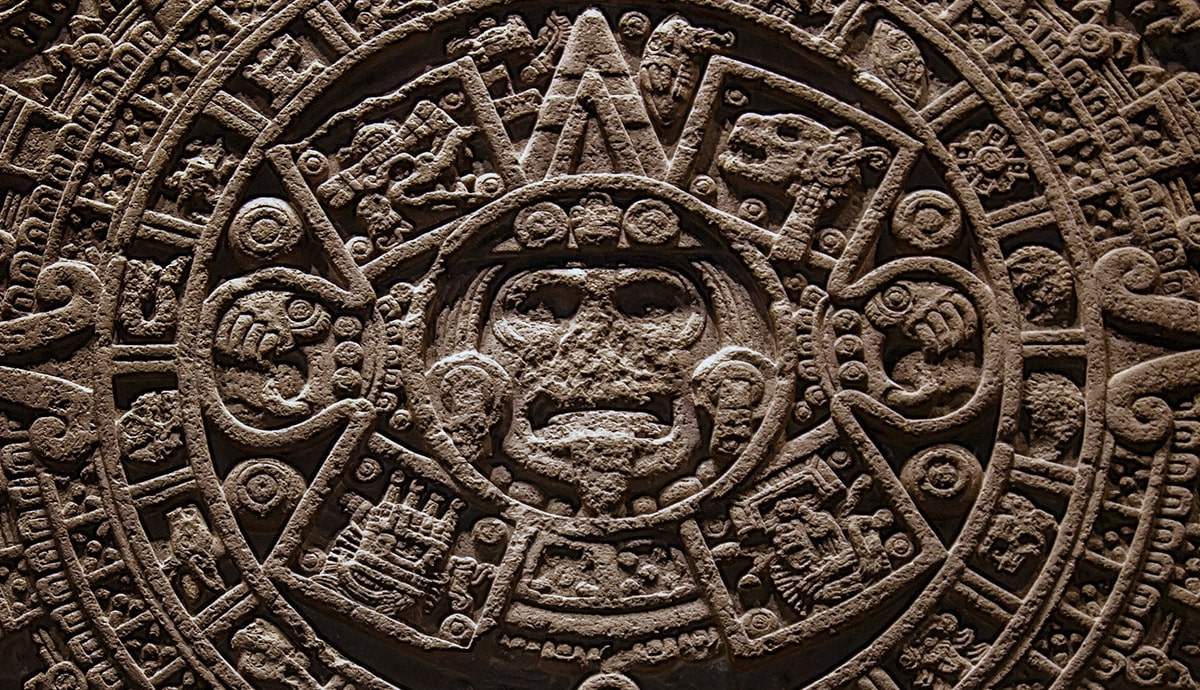
Huastec burial mounds arose a question about the pre-Columbian Huastec civilisation. Archaeologists discovered what’s left of a human settlement, which marked this civilisation. Archaeologists found those remains in the northeastern state of Tamaulipas, Mexico. This civilisation dominated thousands of years ago.
Huastec Burial Mounds: The Most Important Tamaulipas’s Discovery

Archaeologists with the National Institute of Anthropology and History (INAH) are the ones who made this discovery. Overall, they excavated the archaeological site known as El Naranjo, and found the mounds. They also said it is the most important discovery for this region. Why? Because of different material they found on the ground.
El Naranjo, now an archaeological site, once represented a burial place. Also, a place where pre-Columbian Huastecs maintained their everyday activities. There are four mounds, but archaeologists managed to examine two of them so far. There were numerous adult graves at Mound 4. Those adults had earrings with green quartz and shells, some with floral carvings.

When it comes to the first mound, there was a limestone building, containing one adult grave. One thing really important for the archaeologists is the material they used for making those mounds. For example, they used earth, limestone, and basalt. Also, the important thing to say is they were accessible only because of the specialized manpower and transport.
What More Can We Know About the Ancient Huastec Civilization?

Tombs and ruins found at the El Naranjo site date back to Mesoamerica’s Classic period (250 AD to 900 AD). Together with more than a dozen human graves, these had two enormous circular stone platforms or bases. This leads to new information about people who lived in those areas.
The El Naranjo archaeological site lies in the Sierra Madre Oriental mountains. Archaeological excavation and data show they have a connection to the latter part of the Classical Era. At that time, Huastecs were able to develop in a cultural manner. The Mexican Ministry of Culture in cooperation with INAH archaeologists conducted the excavation of this site.

The researchers dated it to the late Classic Period using ceramics discovered at the site of the tombs at El Naranjo. Also, Six current states of Mexico were once part of the ancient Huastec culture. While superhighway construction was taking place, archaeologists discovered El Naranjo site. The construction has so far produced a number of significant discoveries. On-site research is anticipated to continue.










